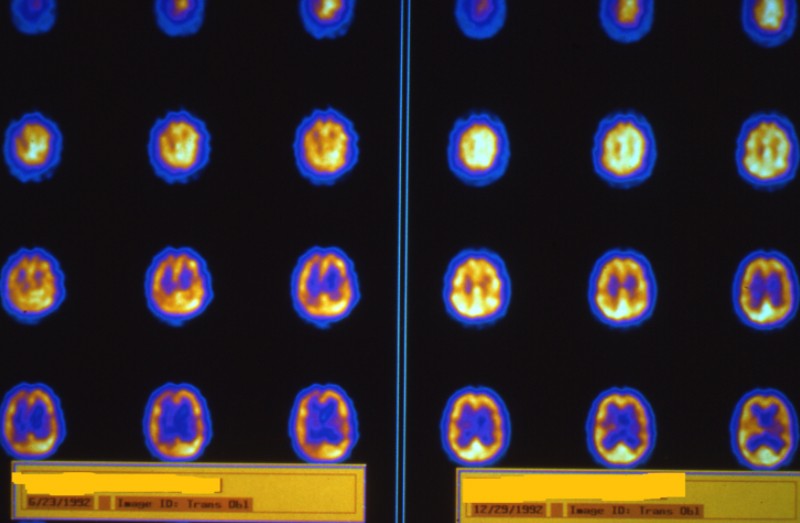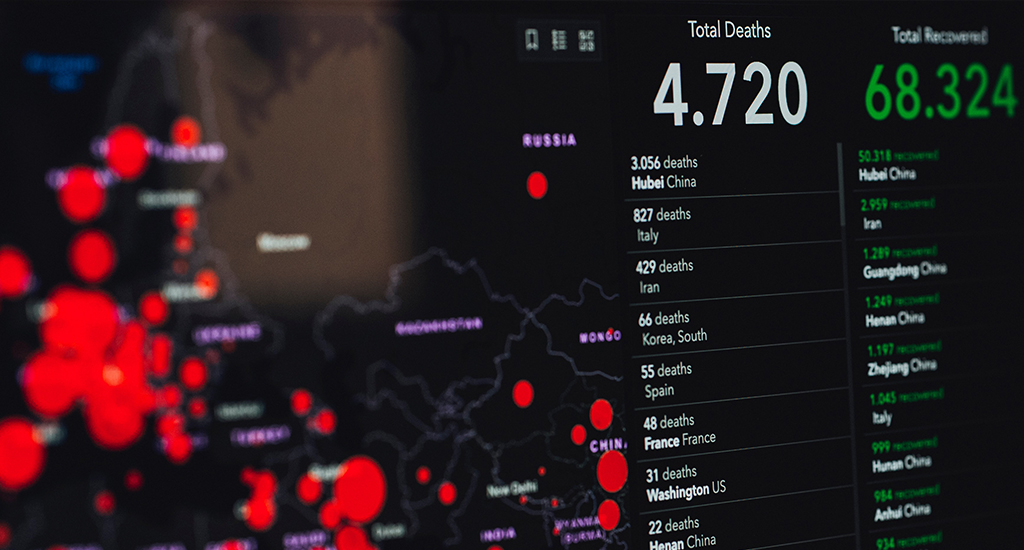Hyperbaric Oxygen for Covid-19
To Our HBOT Community: Dr Harch been communicating with Wuhan HBOT doctors over the past week or so and is helping them get their report published credibly so that they can get this information out and it will be believed. Working with language barrier thru translators has delayed the process, however we are very close. The article was already rejected by one U.S. journal. I have secured an agreement with the editor of a journal to have it published instantly prior to the publication cycle of the journal. I am waiting for clarification of some confusing details from the doctors (should hear by today) and then will send it in tonight. It should be online by tomorrow.
I was going to release the Chinese version of the manuscript and then a translated version, but knew it would be discredited unless we could do this properly. There is also a safety issue. We want to show the conditions under which they performed the HBOT so that this is not done recklessly in the U.S. as is already happening at two facilities who reacted to my post on the internet on 3/4. These places are offering “immune booster” treatments with HBOT to prevent corona virus infection. They will likely become vectors for disease spread to their HBOT staff and non-infected patients. When that gets traced to HBOT this field is done forever. The Chinese have had no transmission to their HBOT staff while as many as 29% of inpatients in one hospital were hospital employees.Working as fast as I can on this.
Paul G Harch MD
Juliette asks that everyone just hold on, Dr Harch make a statement very soon. There’s more.
News from HBOT Colleagues in China: Hyperbaric Oxygen Therapy for New Coronavirus Pneumonia
From the pathophysiological characteristics of new coronavirus pneumonia (NCP) and the effect mechanism analysis of hyperbaric oxygen therapy (HBOT), HBOT may have a good effect in the treatment of NCP persistent hypoxemia. In view of the NCP guidelines (National Health Commission) and various clinical reports, the fact that the oxygen therapy method of NCP patients is continuously upgraded, and the beneficial attempts of the Department of Hyperbaric Oxygen of Changjiang Shipping General Hospital are optimistic, it is recommended to include HBOT in the guidelines as NCP One of the means of clinical treatment, for first-line doctors to choose.
Analysis of the possible effects of HBOT on NCP
(1) Pathological characteristics of NCP
For example, the National Health Commission issued a report on the treatment of pneumonia caused by new crown virus infection (fifth edition, hereinafter referred to as the guideline) and interviews with multiple expert treatment teams. Diffuse, progressive lung tissue inflammation, persistent progressive hypoxemia, multiple organ failure (especially liver and heart function) failure, and inflammatory cytokine waterfall (cytokine storm).
(2) Deficiencies in atmospheric oxygen therapy
Various reports show that the oxygen therapy measures in NCP treatment have been continuously upgraded from nasal catheters, non-invasive ventilation to invasive mechanical ventilation, and even ECMO. This indicates that there may be treatment needs that cannot be met by oxygen at atmospheric pressure. The underlying reasons may be:
- Severe gas diffusion disorder and ventilation / blood flow ratio caused by interstitial lesions of the lung tissue are important reasons for the inability to correct hypoxemia with the support of ventilation.
- The systemic metabolic rate continues to increase due to inflammation. The amount of oxygen trioxide transported by hemoglobin transport cannot meet the body’s metabolic needs. The body is in a “chronic” hypoxic state of systemic tissues, especially the liver and heart tissues’ dependence on oxygen. Sex is more obvious. Therefore, in some patients, ECMO may still be insufficient to correct hypoxia in deep tissues and vital organs.
- The cumulative effect of “oxygen debt” may be one of the important triggers of the cytokine storm.
Advantages of HBOT
HBOT is based on the laws of gas physics related to pressure. The differences and advantages of HBOT from atmospheric oxygen absorption are:
- Improve the diffusion efficiency of oxygen, overcome the gas diffusion obstacle caused by interstitial lesions, as long as there is a certain amount of ventilation, you can obtain better gas exchange efficiency than normal people when breathing.
- The physically dissolved oxygen content in the blood is much larger than the combined hemoglobin transport capacity. It does not depend on the oxygen transport function of hemoglobin, and can meet the oxygen consumption of the body’s metabolic state.
- The diffusion distance of oxygen is increased, and the aerobic metabolism needs of deep tissues and hypoperfusion tissues are solved.
- HBOT can complete the repayment of “oxygen debt” in a short period of time, provide aerobic metabolism windows for deep hypoxic tissues and important organs, and play a good role in supporting treatment.
- A large number of studies have confirmed the effect of HBOT on immune cells and inflammation. The therapeutic effect of hyperbaric oxygen in acute high altitude pulmonary edema has been confirmed by a lot of literature. Intermittent HBOT can reduce the accumulation of “oxygen debt” load, or it can play a role in delaying and blocking cytokine storms.
Limitations of HBOT
- HBOT requires special large-scale equipment, complex structure, and limited number of one-time treatments.
- Although there are systematic hygienic management regulations (cabin sterilization, etc.), in view of the high infectivity of the new crown virus, it is necessary to further strengthen the sensory control management. Especially with cabin medical care, there is a possibility of ineffective protective equipment under normal pressure, and the risk of infection increases sharply.
Preliminary feedback on clinical trials
The Department of Hyperbaric Oxygen of Wuhan Changjiang Shipping General Hospital performed treatment of two patients with severe NCP in our hospital. Subjective sensation improved significantly the next day after the first hyperbaric oxygen. Later, due to the enhancement of sensory control management, only a daily treatment method was used. After several days of treatment, the patient’s mental state and clinical observations continued to improve, and she is now out of danger. For detailed case information, please consult the attending doctor Zhong Xiaoling, the hyperbaric department of the hospital. Many experts in the hyperbaric oxygen industry have given high praise.
Implementation recommendations for HBOT as NCP supportive care
Timing of treatment
Blood oxygen saturation is used as an important evaluation index of disease classification in the guidelines. In theory, diffuse pneumonia hyperbaric oxygen has clear benefits, but in view of the current large-scale patient treatment needs and the limitations of hyperbaric oxygen treatment conditions, it is recommended that atmospheric pressure oxygen therapy can achieve normal blood oxygen saturation (97%) in patients Patients with a continuous decline in blood oxygen saturation (93%, defined as severe in the guidelines) that cannot be maintained by atmospheric oxygen therapy, should take active HBOT as soon as possible. Combined with other comprehensive supportive treatment measures, it is expected to actively delay or prevent disease progression and provide support for the self-limiting recovery of viral infections. Patients who already require invasive mechanical ventilation should use HBOT with caution given the limitations of emergency medical treatment in the cabin.
Treatment programs
Conventional HBOT has no obvious side effects and has been recommended for normal people’s oxygen therapy. Usually once a day, or twice a day, for ten days as a course of treatment. In view of the limitations of hyperbaric oxygen therapy technology (large equipment such as an oxygen cabin and a limited number of patients at a time), based on the comprehensive clinical evaluation after treatment, the exposure dose (medication dose) of hyperbaric oxygen is flexibly controlled.
Consideration of control
Hyperbaric oxygen therapy is widely carried out, and the hygienic management specifications of hyperbaric oxygen equipment have been established to meet the requirements of sensory control. However, given the high infectivity of the new coronavirus, disinfection measures can be further strengthened. The disinfection and medical protection of the treatment process, the Hyperbaric Department of Yangtze River Shipping General Hospital has formed a set of procedures that can be used for reference.
Other matters needing attention
The particularity of HBOT, such as misoperation and equipment failure, has a high risk of injury (such as decompression sickness and barotrauma). The equipment and personnel workload caused by the centralized treatment of mass patients with severe NCP is significant. Continuous and strict implementation in accordance with the oxygen cabin operating specifications to ensure the safety of high-pressure exposure is the focus of HBOT.
Implementation of process control
- The attending doctor evaluates whether HBOT is needed. It is recommended to focus on those who are critically or critically ill: the effect of atmospheric oxygen therapy is not good, the oxygen saturation is still decreasing or the trend continues to decline, but the general state is acceptable, and no interventional treatment and special Caregiver.
- Transfer: dedicated for special vehicles to avoid cross-infection and to simplify the process of sensory control and disinfection during transfer.
- Treatment: It has been implemented in the Yangtze River Shipping General Hospital. In addition, it is recommended (1) that the cabin is dedicated to avoid cross-propagation. Disinfection uses the existing oxygen cabin hygiene management process. Increase exhaust and disinfection. Strengthen regional flow control as a polluted area. (2) Manage the hyperbaric oxygen treatment room according to the infection area, including the requirements of medical care and protection. (3) Patients entering the cabin should not need special medical care, and the cabin is not routine. When necessary, medical staff need to be pressurized in a separate cabin and then transferred to a treatment cabin for necessary interventional treatment. Medical care cabins must be pressurized in separate compartments and adequately ventilated before pressurization. (4) The treatment procedure is performed according to conventional HBOT.
Evaluation of treatment capacity
There are nearly 20 medical units in Wuhan equipped with hyperbaric oxygen therapy equipment, especially in designated hospitals, which can carry out this treatment. If the special cabin is dedicated and regionally controlled, the disinfection of the original cabin will not increase much, and each set of hyperbaric oxygen equipment will be up to 4 times a day. Each capacity varies depending on the performance of the oxygen cabin, and general seating does not require special medical care, and can accommodate more than 20 people.
Summary
- The toxic side effects of conventional HBOT are not obvious, but the theoretical expected effect is good, and the actual effect of the case is significant. It’s harmless and likely to be beneficial.
- HBOT is not a specific medicine, but as a good oxygen therapy method, early intervention can be expected to reduce the incidence of severe and critical illness, thereby reducing medical care pressure, improving treatment efficiency and bed turnover rate. Properly applied, it can play a good role in the treatment of existing large numbers of patients.
- It is recommended to include hyperbaric oxygen therapy in the Guidelines as a means of choice for the treatment of patients with severe NCP for clinicians to choose.


